
About This Quiz
You've likely heard the old saying, "Those who cannot remember the past are condemned to repeat it." Though often attributed to Winston Churchill, it was actually first written by philosopher George Santayana in his 1905 work, "The Life of Reason."
But what if what you learned about history wasn't true to begin with? Then what?
Sadly, much of what we learned in history books and classes wasn't quite how it happened. And some of what we should've learned, we didn't. It sort of becomes up to us to sort out the fact from the fiction. So, did George Washington have wooden teeth, or didn't he? Did the French give us the Brooklyn Bridge as a gift? Who is responsible for the building of the Great Pyramids? Did someone else use the tune of our National Anthem before us?
This quiz is a road trip through some of the most interesting - and incorrect - bits of our history. Put away your history book and see if you can identify the true stories ... and the fake ones. Do you know whether Paul Revere really went on his infamous ride? Can you guess who is credited with the first automobile? Test your smarts and give us the scoop on these trivia questions: Fact ... or fiction?
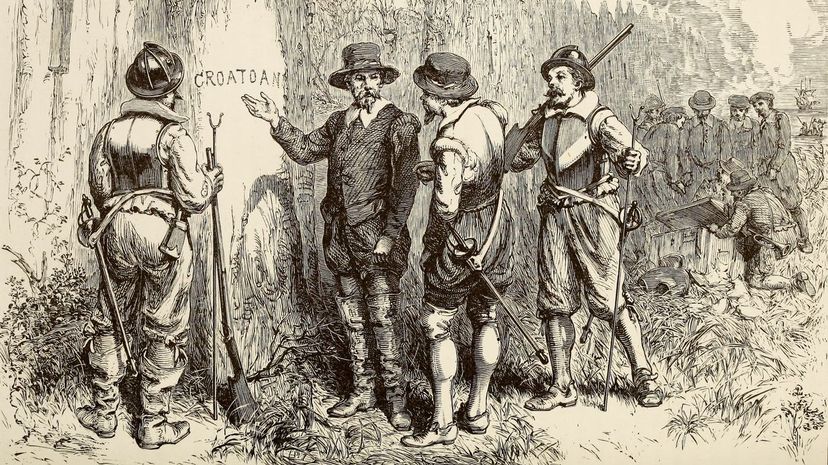
English settlers to the New World had set up shop on Roanoke Island off the coast of North Carolina. When its leaders left for England for more supplies and later returned, everyone was gone. Only the word "Croatoan" remained as a clue.
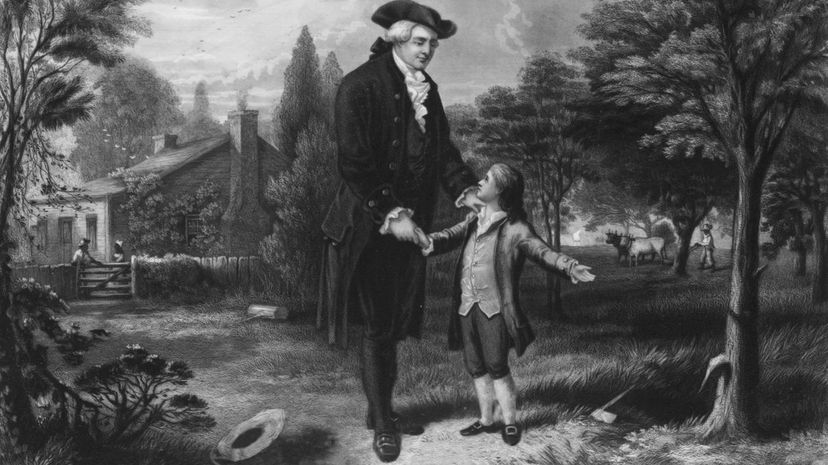
This one is a well-known story that most of us heard during childhood but, sadly, historians say it's just not true. A biographer of Washington's is said to have made up the tale to illustrate the one-time president's virtue ... that he could not tell a lie.

Columbus frequently gets the credit for discovering the New World, but historians believe that Leif Erickson may have beaten him to it. Of course, when Columbus arrived, it was new to him so that has to count for something.
Advertisement
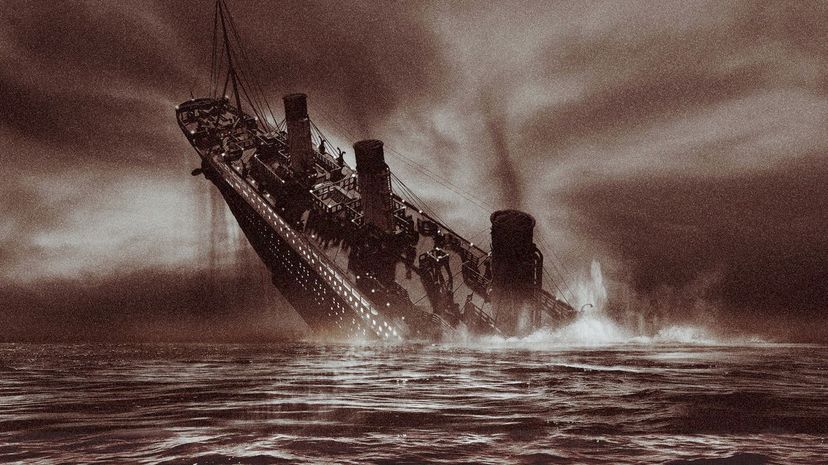
It wasn't "just" a chunk of ice, but an iceberg that took down the RMS Titanic in 1912. Some stories say that its owners claimed it could not be sunk, but others purport that claim was never made. The tragedy took the lives of more than 1,500 people.

It's true! The teenager in question, Robert Heft, was a student who crafted the design we recognize today for a school project. He earned only a B- for his design, but he earned the attention of then-President Eisenhower and the admiration of millions since.

While there were some people who were identified as witches who were burned at the stake in Europe, there were no "witches" - presumed or otherwise - burned at the stake as a result of the infamous Salem witch trials. Most were executed by hanging.
Advertisement

Don't shoot the messenger! Edison's contributions to this country were certainly great, but he can't be credited with inventing the light bulb but rather improving upon it. Edison's efforts made the existing light bulb last longer than ever before.

We think it's safe to assume that Pope Gregory IV wasn't much of a cat person. He commanded that black cats throughout Europe should be killed, so his followers did it. Unfortunately, a decrease in cats went hand-in-hand with an increase in rats. Yikes.

Thankfully, not everyone that was inside the walls of the Alamo was killed during that fateful battle. Roughly a dozen women and their children were spared since they weren't involved in combat. We still "remember the Alamo," regardless.
Advertisement

The French are good gift-givers, even if they can't be credited with gifting us the Brooklyn Bridge. What they did give to the U.S. was one of our most recognizable symbols of freedom: The Statue of Liberty.

It's true! There really was a Mary and her little lamb, and it did more good than just create a nursery rhyme. Mary is said to have donated wool from the lamb to help save a historic building in Boston.

It's another story - this time with a patriotic twist - that we're told early in childhood: Paul Revere, on horseback, alerting troops to the presence of the British. Except it never happened, mainly because the mission was top-secret and yelling through the streets wouldn't have been very covert.
Advertisement

Can you imagine traveling 2,000 miles by either foot or horseback? Settlers in the American West did it, using the Oregon Trail as their path. The trail was developed by fur trappers and traders and ran from Missouri to, well, Oregon.

While Henry Ford's name is often synonymous with the initial years of the automotive industry, engineers like European Carl Benz were already ahead of Ford. The Model T was first introduced in this country in 1908.

Francis Scott Key is credited with developing the words for "The Star-Spangled Banner," but the music - that patriotic tune we sing at school assemblies and football games - is actually a British song known as "To Anacreon in Heav'n."
Advertisement

In the era of Prohibition, when regular alcohol was illegal, desperate sorts used to drink things like rubbing alcohol. The U.S. was having none of that and started adding things like gasoline and chloroform to it, eventually killing upward of 10,000 people, according to some estimates.

Jeanette Rankin was her name and Congress-ing was her game ... all the way back in 1916. The representative of Montana was the first woman ever to serve in Congress, a full four years before women could even vote.

All right, we weren't there, OK? But historians all pretty much agree that Jesus wasn't born on the day we traditionally celebrate as His birth - Christmas Day. We're still here for the presents, though!
Advertisement

We're not technically celebrating the signing of the Declaration of Independence on July 4 because that document was actually signed one month later in August 1776. The July 4 date was the date the final version of the document was approved. Maybe we should celebrate all month long!

Malcolm X was known to hand write and read back the entire dictionary to help strengthen his vocabulary, a trick he picked up while he was in prison serving a sentence for burglary.

You'll have to go back a ways to discover whether or not this statement is true ... all the way back to George Washington. The White House was under construction when he was president, making John Adams the first to hold the office and also reside there.
Advertisement

On the contrary, Calvin Coolidge was known as a huge animal lover. In fact, he had exotic tastes in pets, keeping a wallaby, donkey, bobcat and a pair of lions in his lifetime, the last of which he named "Tax Reduction" and "Budget Bureau."

Castro was quite good at evading these attempts, living to the ripe old age of 90. Castro was a thorn in the United States' side for many years, though, leading to multiple missions to assassinate him.
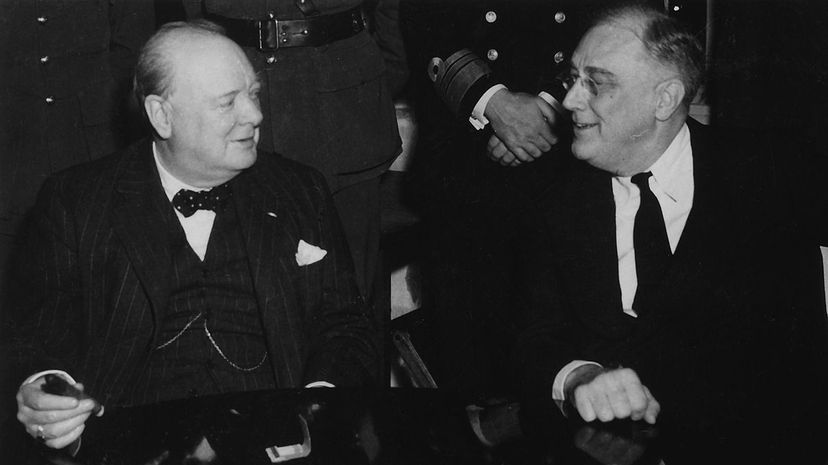
This one, embarrassingly enough, is 100 percent true, according to historical reports. In fairness, Churchill was in his room minding his own business when FDR reportedly burst in to discover the one-time British prime minister completely in the buff.
Advertisement

That would make a great fraternity-esque story, wouldn't it? Except that's not what happened. Rather, the crack is due to poor workmanship when the bell was initially cast. Several people attempted fixes over the years, but the crack kept coming back. (No rhyme intended.)

By all accounts, Vincent Van Gogh did shave off a portion of his left ear lobe following a tense exchange with another artist. Historians later concluded he was suffering from an illness that caused him to hallucinate and lose consciousness.

Nikola Tesla, the namesake behind the uber-advanced Tesla line of vehicles, was an unusual sort of man. Tesla did once claim he had particular feelings for a white pigeon he would encounter daily in the park.
Advertisement

It's a cool thought, though, right? Historians now mostly agree that the Egyptians actually build the pyramids themselves and that it was not slaves who orchestrated the assembly. We'd still like to know how they managed it!

We don't want to scare you off of the tart fruit ... or a good slice of cherry pie, for that matter. Historians (and medical experts) tend to believe that Taylor, who had consumed large quantities of the fruit alongside iced milk, suffered some kind of gastroenteritis that ultimately led to his death.

In the early days of the Olympics, awards used to be given for talent in areas such as literature, sculpture and music. When you think about the artistic culture of the ancient Greeks, it not hard to see how the two were connected.
Advertisement

Richard Nixon was a little paranoid ... and maybe rightfully so. He once had it out for journalist Jack Anderson and considered ways in which he could rid himself of his perceived pest ... for good.

Chalk this one up to a rumor. As experts from the Smithsonian have explained, the seal did undergo a change during a period of war and the eagle's head was turned to face the arrows, but only briefly. There is still only one seal with an eagle in one position.
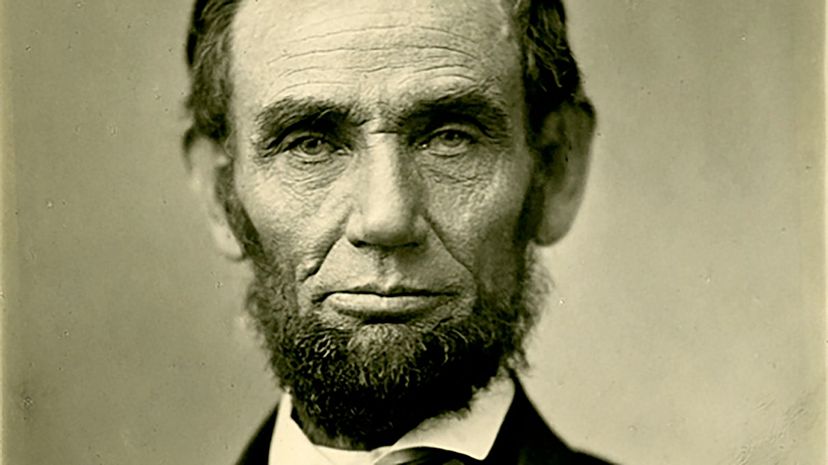
Call him a man of many talents, but the 16th president did in fact work as a licensed bartender ... well before his stint in the Oval Office, of course. Lincoln and his friend William Berry once ran a shop called Berry and Lincoln.
Advertisement

As far as losing stuff goes, your keys and your smartphone are a pretty big deal. Losing your nuclear launch codes? An even bigger deal. People close to this situation say this did, in fact, happen, but the codes were likely replaced before anybody knew what happened. Phew.

This is an urban legend that somehow manages to pop back up every couple of years. Those in the know say that Disney was actually cremated and there were no plans to freeze his body and revive him once technology (might) catch up to allow it.